Home>Gardening & Outdoor>Landscaping Ideas>How To Take Care Of Grass
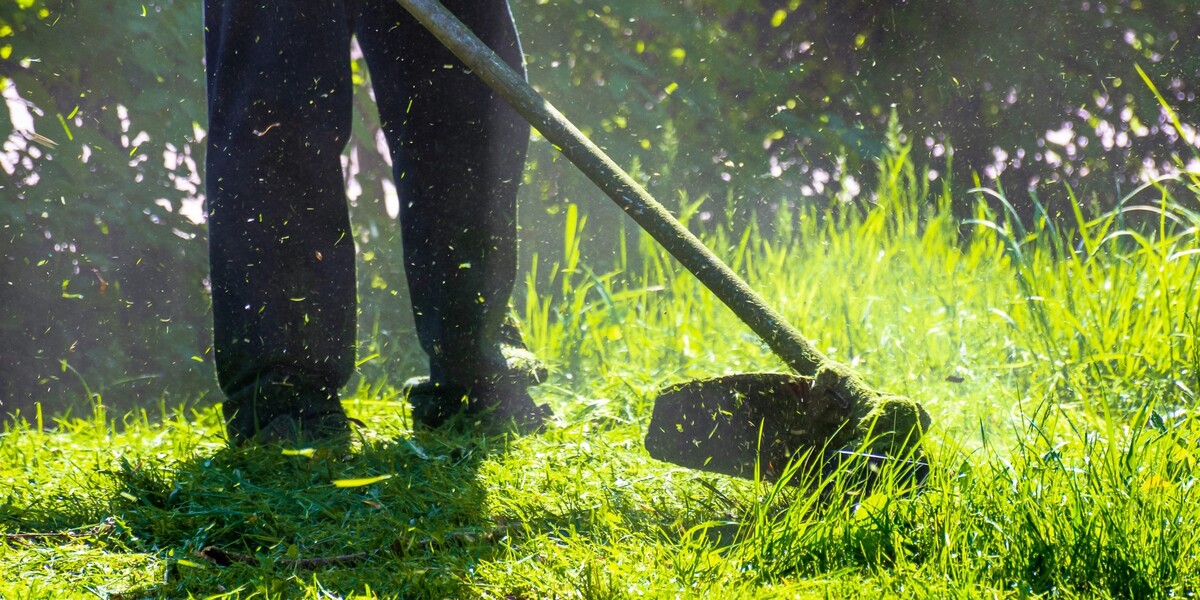

Landscaping Ideas
How To Take Care Of Grass
Modified: March 5, 2024
Learn expert tips for maintaining a lush, healthy lawn with our comprehensive guide to landscaping ideas and grass care. Discover the best practices for nurturing your lawn.
(Many of the links in this article redirect to a specific reviewed product. Your purchase of these products through affiliate links helps to generate commission for Storables.com, at no extra cost. Learn more)
Introduction
Welcome to the wonderful world of lawn care! Taking care of your grass goes beyond simple maintenance; it’s about nurturing a vibrant, lush carpet of green that enhances the beauty of your outdoor space. Whether you’re a seasoned gardener or a novice homeowner, understanding the intricacies of grass care is essential for achieving a healthy and thriving lawn.
In this comprehensive guide, we’ll delve into the various aspects of grass care, providing you with valuable insights and practical tips to ensure your lawn remains in top condition throughout the year. From understanding different grass types to mastering watering techniques, fertilizing strategies, mowing best practices, and dealing with common lawn issues such as weeds and pests, we’ve got you covered. By the end of this journey, you’ll be equipped with the knowledge and confidence to transform your lawn into a verdant oasis that beckons bare feet and outdoor enjoyment.
So, grab your gardening gloves and let’s embark on this enriching and rewarding endeavor to elevate your grass care game!
Key Takeaways:
- Understanding your grass type and tailoring care practices to its specific needs is essential for a healthy lawn.
- By mastering watering, fertilizing, mowing, and weed control, you can create a resilient and visually appealing lawn year-round.
Read more: How To Take Care Of Grass In Spring
Understanding Grass Types
Before diving into the specifics of grass care, it’s crucial to familiarize yourself with the different grass types commonly found in lawns. The type of grass you have will significantly influence the care regimen it requires. In general, grasses are categorized as either cool-season or warm-season, each with its own set of characteristics and maintenance needs.
Cool-Season Grasses:
- Examples: Kentucky bluegrass, fescue, ryegrass
- Preferred Regions: Northern areas with cold winters and moderate summers
- Attributes: Thrives in cooler temperatures, retains color in winter, may go dormant in hot summers
Warm-Season Grasses:
- Examples: Bermuda grass, zoysia grass, St. Augustine grass
- Preferred Regions: Southern regions with hot summers and mild winters
- Attributes: Flourishes in heat, goes dormant and turns brown in winter, requires less water than cool-season grasses
Identifying the specific grass species in your lawn is the first step in tailoring your care practices. Factors such as climate, soil type, and sun exposure also play a role in determining the most suitable grass variety for your location. By understanding the unique traits and growth patterns of your grass type, you can implement targeted care measures that promote its health and vitality.
Next, we’ll explore the fundamental practices of watering, fertilizing, and mowing, all of which are essential for nurturing a robust and visually appealing lawn.
Watering
Proper watering is a cornerstone of effective grass care, as it directly impacts the health and resilience of your lawn. Understanding the watering needs of your grass, as well as the best practices for irrigation, is essential for maintaining lush, vibrant turf.
Watering Guidelines:
- Frequency: Deep, infrequent watering is preferable to frequent, shallow watering. Aim to provide around 1 inch of water per week, either through rainfall or irrigation.
- Timing: Water in the early morning, ideally between 4 am and 10 am, to minimize evaporation and allow the grass blades to dry before evening, reducing the risk of disease.
- Soil Moisture: Monitor the soil moisture level to determine when watering is necessary. Insert a screwdriver or soil probe into the ground; if it meets resistance, the soil is moist. If it penetrates easily, it’s time to water.
Optimizing Irrigation:
- Sprinkler Systems: Adjust sprinklers to ensure even coverage and minimize runoff. Consider using a rain gauge to track the amount of water your lawn receives and adjust your irrigation schedule accordingly.
- Drip Irrigation: For precise and efficient watering, especially in landscaped areas with specific water requirements, consider installing a drip irrigation system that delivers water directly to the root zones.
Drought Tolerance:
Encouraging deep root growth through proper watering practices enhances your grass’s ability to withstand drought conditions. Deeply rooted grass is more resilient and better equipped to access moisture during dry spells.
By adhering to these watering guidelines and customizing your irrigation approach based on your grass type and local climate, you can establish a sustainable and water-efficient watering routine that promotes the overall well-being of your lawn.
Next, we’ll explore the role of fertilizing in providing essential nutrients for your grass’s growth and vitality.
Fertilizing
Feeding your lawn with the right nutrients is crucial for sustaining its health, promoting vigorous growth, and enhancing its resistance to stressors such as foot traffic, heat, and pests. Fertilizing provides essential elements that may be lacking in the soil, ensuring that your grass receives the nourishment it needs to thrive.
Understanding Fertilizer:
- Nutrient Components: Fertilizers typically contain varying proportions of nitrogen, phosphorus, and potassium (N-P-K), along with secondary nutrients and micronutrients essential for plant growth.
- Application Timing: Fertilize cool-season grasses in early fall and late spring, while warm-season grasses benefit from fertilization in late spring and summer.
- Slow-Release Formulas: Consider using slow-release fertilizers for a steady, consistent nutrient supply to the grass over an extended period, reducing the risk of nutrient leaching and promoting balanced growth.
Application Best Practices:
- Even Distribution: Apply fertilizer evenly using a spreader to ensure uniform coverage and avoid streaking or patchiness in the lawn.
- Follow Recommendations: Adhere to the manufacturer’s guidelines regarding application rates and frequency, taking into account the specific needs of your grass type and the condition of your soil.
- Avoid Overfertilization: Excessive fertilizer can lead to rapid, weak growth, increased susceptibility to diseases, and environmental pollution. Use fertilizers judiciously and consider soil testing to determine the precise nutrient requirements of your lawn.
Environmental Considerations:
When selecting and applying fertilizers, opt for environmentally friendly products that minimize the risk of nutrient runoff into water bodies. Consider organic fertilizers, which release nutrients gradually and improve soil structure, fostering a healthier and more sustainable lawn ecosystem.
By incorporating a well-planned fertilization regimen into your lawn care routine, you can fortify your grass with the essential nutrients it needs to thrive, resulting in a verdant, resilient, and visually appealing lawn.
Next, we’ll explore the art and science of mowing, a fundamental aspect of grass maintenance that significantly influences its appearance and overall health.
Mowing
Mowing is more than just keeping your lawn tidy; it plays a crucial role in shaping the health and appearance of your grass. Proper mowing practices not only enhance the aesthetic appeal of your lawn but also contribute to its overall well-being and resilience.
Optimal Mowing Practices:
- Correct Height: Set your mower to the appropriate cutting height for your grass type. Cool-season grasses generally thrive when mowed to a height of 2.5 to 3.5 inches, while warm-season grasses perform well when maintained at a height of 1 to 2 inches.
- Frequency: Avoid removing more than one-third of the grass blade length in a single mowing session. For most lawns, this translates to mowing once a week during the active growing season.
- Sharp Blades: Regularly sharpen your mower blades to ensure clean, precise cuts that promote faster healing and reduce the risk of disease and stress to the grass.
Grasscycling:
Consider grasscycling, the practice of leaving grass clippings on the lawn after mowing. Grass clippings break down quickly, returning valuable nutrients to the soil and acting as a natural fertilizer. This sustainable approach reduces waste and enhances the health of your lawn.
Alternate Mowing Patterns:
Changing the mowing direction and pattern with each session helps prevent soil compaction, encourages upright grass growth, and reduces the likelihood of creating ruts or uneven areas in the lawn.
Seasonal Adjustments:
During periods of drought or heat stress, raise the mowing height to provide shade for the soil and retain moisture. In cooler, wetter seasons, consider slightly lowering the cutting height to prevent the grass from becoming too long and prone to disease.
By adhering to these mowing best practices and customizing your approach based on the specific needs of your grass type and the prevailing environmental conditions, you can cultivate a lush, well-manicured lawn that serves as a testament to your attentive care and dedication.
Next, we’ll explore effective strategies for controlling weeds, a common nuisance that can detract from the beauty of your lawn if left unchecked.
Water your grass deeply and infrequently to encourage deep root growth. This will make your grass more drought-resistant and healthier overall.
Read more: How To Take Care Of Lawn Grass
Weed Control
Weeds are persistent invaders that can disrupt the uniformity and vitality of your lawn. Implementing proactive weed control measures is essential for maintaining a healthy, lush carpet of grass while minimizing the presence of unsightly and potentially invasive plants.
Preventive Strategies:
- Maintain Healthy Turf: A vigorously growing, well-maintained lawn is naturally more resistant to weed infestations. Optimal watering, fertilizing, and mowing practices contribute to a dense turf that inhibits weed establishment.
- Overseeding: Introducing new grass seed to fill in thin or bare areas helps choke out weeds by promoting dense grass growth, reducing available space and resources for weed colonization.
- Soil Health: Improve soil health through core aeration and the addition of organic matter, which enhances the vigor of your grass while creating less favorable conditions for weed growth.
Targeted Treatments:
- Selective Herbicides: Utilize selective herbicides that specifically target weeds while sparing your grass. Follow label instructions carefully and apply herbicides when weeds are actively growing for optimal effectiveness.
- Hand Pulling: For isolated weeds or small patches, manually remove them, ensuring to extract the entire root system to prevent regrowth.
- Post-Emergent Control: Address existing weed populations with post-emergent herbicides, targeting broadleaf or grassy weeds based on the specific types encroaching on your lawn.
Integrated Approach:
Adopting an integrated weed management approach that combines cultural practices, chemical treatments, and manual removal can effectively suppress weed populations while promoting the long-term health and resilience of your lawn.
Environmental Considerations:
When using herbicides, prioritize environmentally friendly options that minimize harm to beneficial organisms and reduce the risk of chemical runoff into water sources. Consider natural weed control methods, such as mulching and hand weeding, as part of a holistic and sustainable lawn care strategy.
By implementing these targeted weed control strategies and incorporating them into your regular lawn maintenance routine, you can preserve the beauty and uniformity of your grass, creating an inviting outdoor space that enhances the overall appeal of your property.
Next, we’ll explore strategies for managing pests that may threaten the health and aesthetics of your lawn.
Dealing with Pests
Protecting your lawn from destructive pests is essential for preserving its lush, vibrant appearance and ensuring the long-term health of your grass. Common lawn pests, such as grubs, chinch bugs, and armyworms, can cause significant damage if left unchecked. Implementing proactive pest management practices is crucial for safeguarding the beauty and resilience of your lawn.
Pest Identification:
- Recognize Symptoms: Familiarize yourself with the signs of pest infestations, such as irregular brown patches, wilting grass, or increased insect activity on the lawn surface.
- Inspection: Periodically inspect your lawn for signs of pests, including the presence of larvae, adult insects, or unusual patterns of grass damage.
Integrated Pest Management (IPM):
Adopt an integrated approach to pest management that combines cultural, biological, and chemical control methods to minimize pest populations while preserving the natural balance of the lawn ecosystem.
Targeted Treatments:
- Biological Controls: Introduce beneficial organisms, such as nematodes or predatory insects, to combat specific pest species without resorting to chemical interventions.
- Selective Insecticides: When necessary, utilize targeted insecticides that focus on the identified pest species while minimizing harm to beneficial insects and the surrounding environment.
Cultural Practices:
Implement cultural practices that promote a resilient lawn, such as proper watering and fertilization, as healthy grass is better equipped to withstand pest pressure and recover from damage.
Environmental Considerations:
When using chemical controls, prioritize products with lower environmental impact and apply them judiciously according to label instructions to minimize unintended harm to non-target organisms and ecosystems.
By integrating proactive pest management strategies into your lawn care regimen and remaining vigilant for signs of pest activity, you can protect your grass from potential threats and maintain a thriving, pest-resistant lawn that serves as a testament to your attentive care and dedication.
Next, we’ll explore the importance of aeration and dethatching in promoting optimal grass health and vitality.
Aeration and Dethatching
Aeration and dethatching are essential practices that contribute to the overall health and vigor of your lawn. These processes help alleviate soil compaction, improve air and water penetration, and reduce thatch buildup, creating an optimal environment for robust grass growth and vitality.
Aeration:
Aeration involves perforating the soil with small holes to allow air, water, and nutrients to penetrate the grassroots, promoting deeper root growth and enhancing overall turf resilience. The benefits of aeration include:
- Improved Soil Structure: Alleviating soil compaction through aeration enhances soil structure, promoting better water retention and root development.
- Enhanced Nutrient Uptake: Increased oxygen flow to the root zone facilitates nutrient absorption, fostering healthier and more vigorous grass growth.
- Thatch Reduction: Aeration helps break down excessive thatch by stimulating microbial activity, reducing the risk of thatch accumulation and related issues.
Dethatching:
Dethatching involves the removal of built-up organic debris, such as dead grass, roots, and stems (thatch), from the soil surface. Excessive thatch impedes water and nutrient infiltration, creating an environment conducive to disease and pest infestations. The benefits of dethatching include:
- Promotion of Air Circulation: Removing thatch allows for improved air circulation and reduces the risk of fungal diseases that thrive in moist, stagnant conditions.
- Enhanced Water Infiltration: Clearing thatch enables water to penetrate the soil more effectively, reaching the grassroots and promoting optimal hydration.
- Stimulated Growth: Dethatching stimulates new growth by eliminating barriers that hinder the development of healthy, vibrant grass.
Implementation Considerations:
Both aeration and dethatching can be performed using specialized equipment, such as core aerators and dethatching rakes or machines. The timing and frequency of these practices depend on the specific needs of your lawn, with cool-season grasses benefiting from aeration in early fall and warm-season grasses in late spring.
By integrating aeration and dethatching into your lawn care routine, you can create an optimal growing environment for your grass, fostering deep root development, improved nutrient uptake, and overall turf health.
Next, we’ll explore the seasonal care practices that are essential for maintaining a vibrant and resilient lawn throughout the year.
Seasonal Care
Adapting your lawn care practices to the changing seasons is essential for nurturing a healthy, vibrant, and resilient turf. Each season presents unique challenges and opportunities, requiring tailored care strategies to support optimal grass growth and vitality throughout the year.
Spring:
As the growing season begins, prioritize the following tasks:
- Core Aeration: Perform core aeration to alleviate soil compaction and enhance nutrient uptake.
- Dethatching: Clear accumulated thatch to promote air and water infiltration and stimulate new growth.
- Fertilization: Apply a balanced, slow-release fertilizer to provide essential nutrients for vigorous spring growth.
- Weed Control: Address early weed growth with targeted herbicide applications and manual removal.
Summer:
During the warmer months, focus on maintaining turf health and resilience:
- Proper Watering: Adjust irrigation schedules to accommodate higher temperatures and increased water needs, aiming for deep, infrequent watering.
- Mowing: Raise the cutting height to provide shade for the soil and conserve moisture during periods of heat stress.
- Pest Management: Monitor for signs of pest activity and implement targeted control measures as needed.
Fall:
Prepare your lawn for the cooler months with these essential tasks:
- Overseeding: Introduce new grass seed to fill in sparse areas and promote a dense, resilient turf.
- Fertilization: Apply a fall-specific fertilizer to fortify the grass for the upcoming winter and encourage strong root development.
- Weed Control: Address late-season weed growth to prevent competition for resources and promote a healthy lawn.
Winter:
While grass growth slows during winter, there are still important considerations for maintaining turf health:
- Minimal Traffic: Minimize foot traffic on frozen or dormant grass to prevent compaction and damage.
- Snow Mold Prevention: Clear debris and maintain good air circulation to reduce the risk of snow mold development in snowy regions.
- Planning: Use the winter months to plan and prepare for upcoming spring maintenance, such as aeration and dethatching.
By tailoring your lawn care practices to the unique requirements of each season, you can ensure that your grass receives the attention and support it needs to thrive year-round, resulting in a resilient, visually appealing lawn that enhances your outdoor environment.
As we conclude this comprehensive guide, you now possess the knowledge and insights to elevate your grass care efforts, fostering a verdant, healthy, and inviting lawn that reflects your commitment to attentive and effective lawn maintenance.
Read more: How To Take Care Of Artificial Grass
Conclusion
Congratulations on completing this journey into the art and science of grass care! By delving into the intricacies of nurturing a healthy and vibrant lawn, you’ve gained valuable insights and practical knowledge that will empower you to elevate your lawn care practices and achieve outstanding results.
From understanding the unique characteristics of different grass types to mastering essential tasks such as watering, fertilizing, mowing, and weed control, you now possess a comprehensive toolkit for cultivating a resilient and visually appealing lawn. By integrating these practices into your regular lawn maintenance routine, you can create an outdoor space that serves as a testament to your dedication and skill as a caretaker of the natural world.
Remember, effective grass care is a dynamic and evolving process that requires attentiveness, adaptability, and a deep understanding of your lawn’s specific needs. By remaining attuned to the changing seasons, adjusting your care practices accordingly, and adopting a proactive and holistic approach to lawn maintenance, you can ensure that your grass thrives year-round, providing a lush and inviting backdrop for outdoor enjoyment and relaxation.
As you embark on this ongoing journey of lawn care, embrace the opportunity to connect with nature, observe the subtle transformations in your grass, and savor the rewards of your dedicated efforts. Whether it’s the joy of walking barefoot on a velvety carpet of green, hosting outdoor gatherings on your immaculate lawn, or simply taking pride in the beauty of your outdoor space, your commitment to grass care will continue to yield enriching experiences and a deeper connection to the natural world.
Thank you for joining us on this enriching exploration of grass care. May your lawn flourish and thrive, becoming a source of beauty, vitality, and inspiration in your everyday life.
Frequently Asked Questions about How To Take Care Of Grass
Was this page helpful?
At Storables.com, we guarantee accurate and reliable information. Our content, validated by Expert Board Contributors, is crafted following stringent Editorial Policies. We're committed to providing you with well-researched, expert-backed insights for all your informational needs.

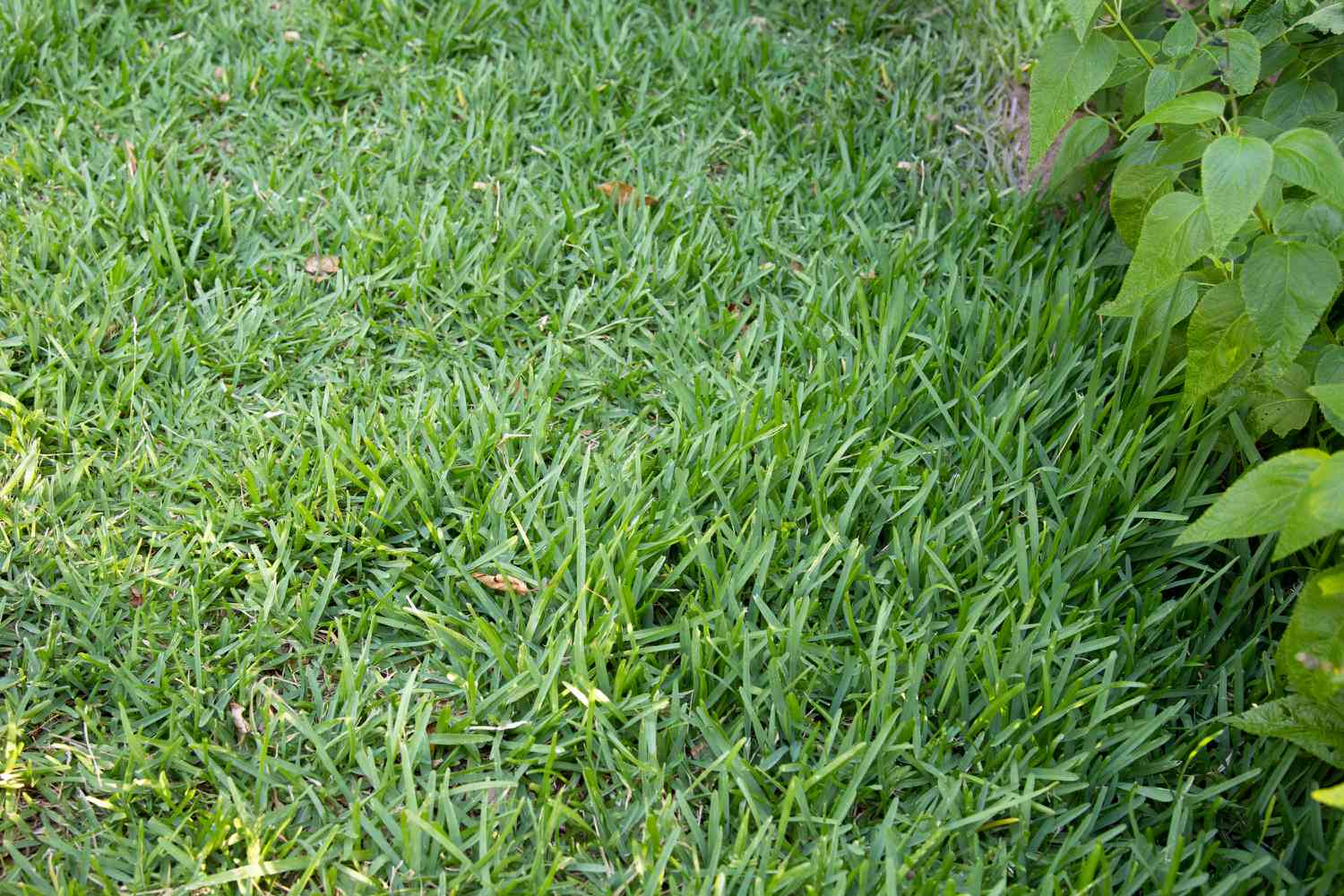
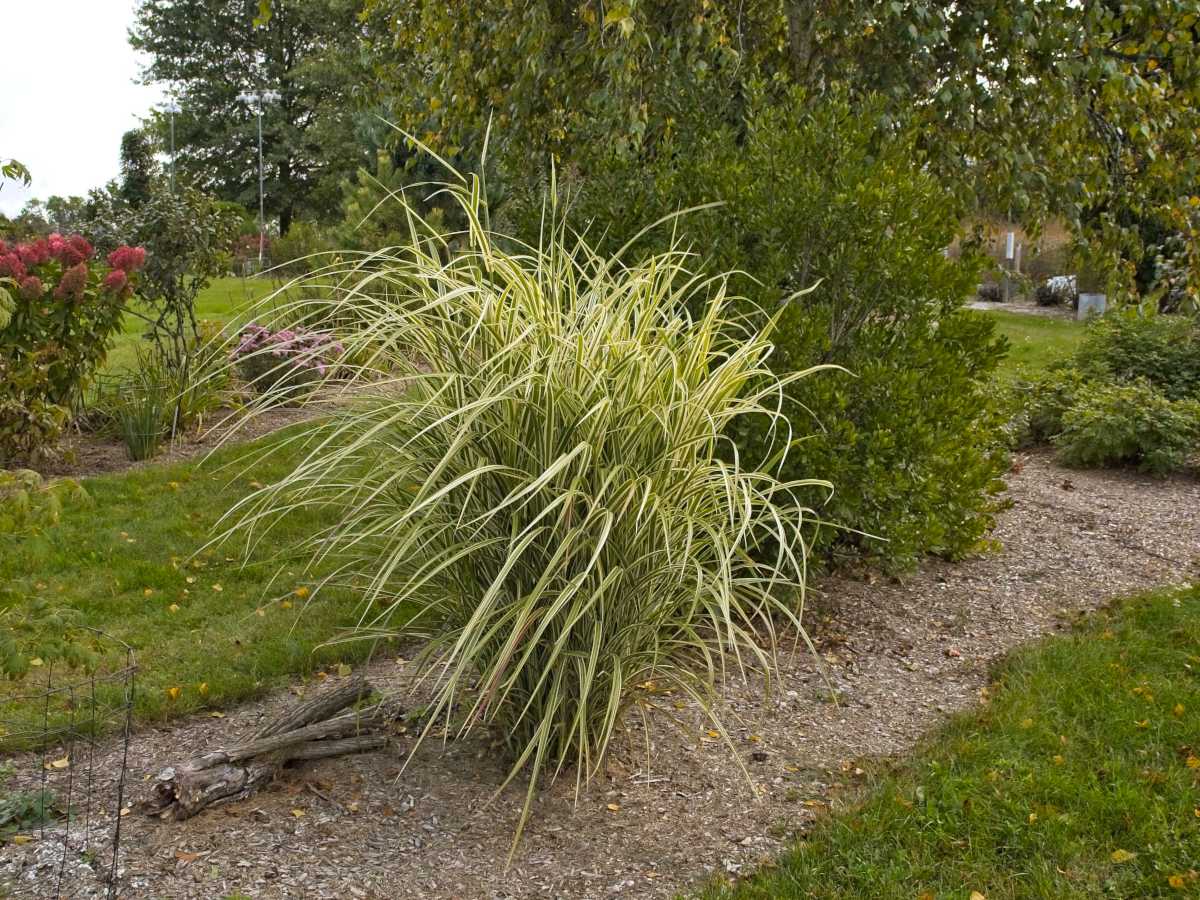
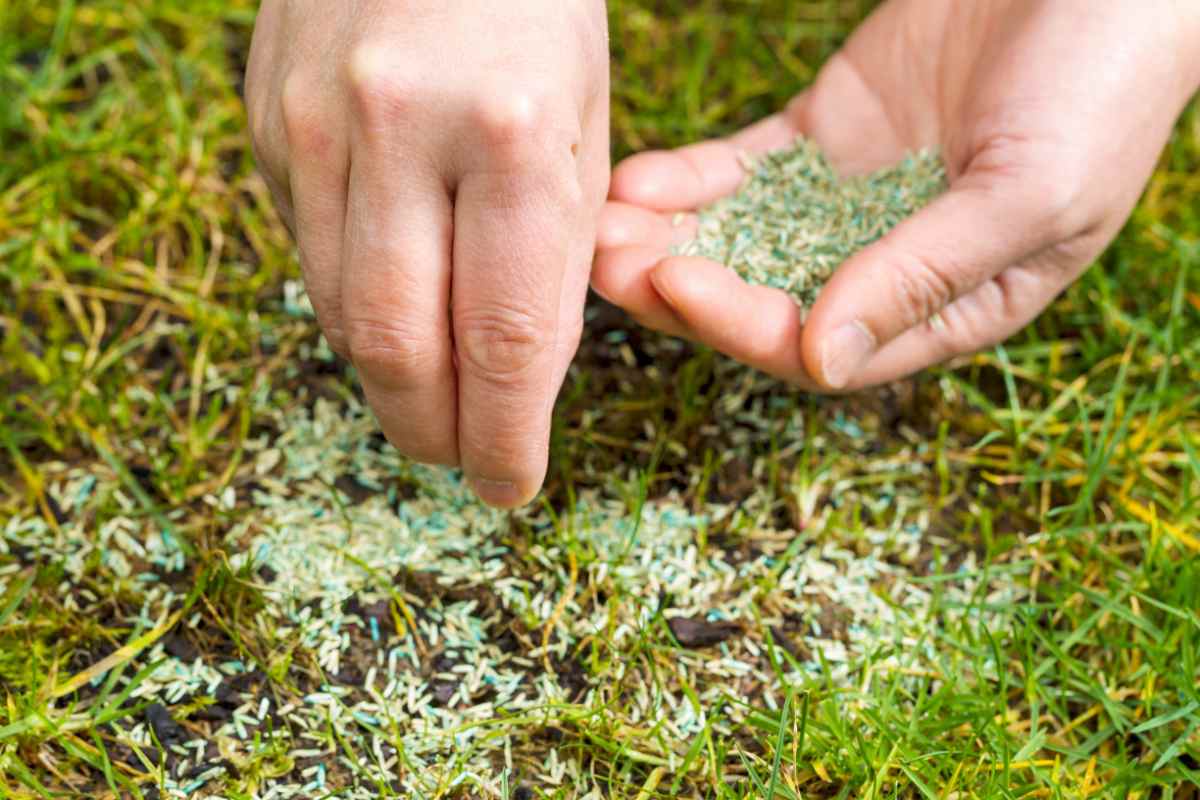
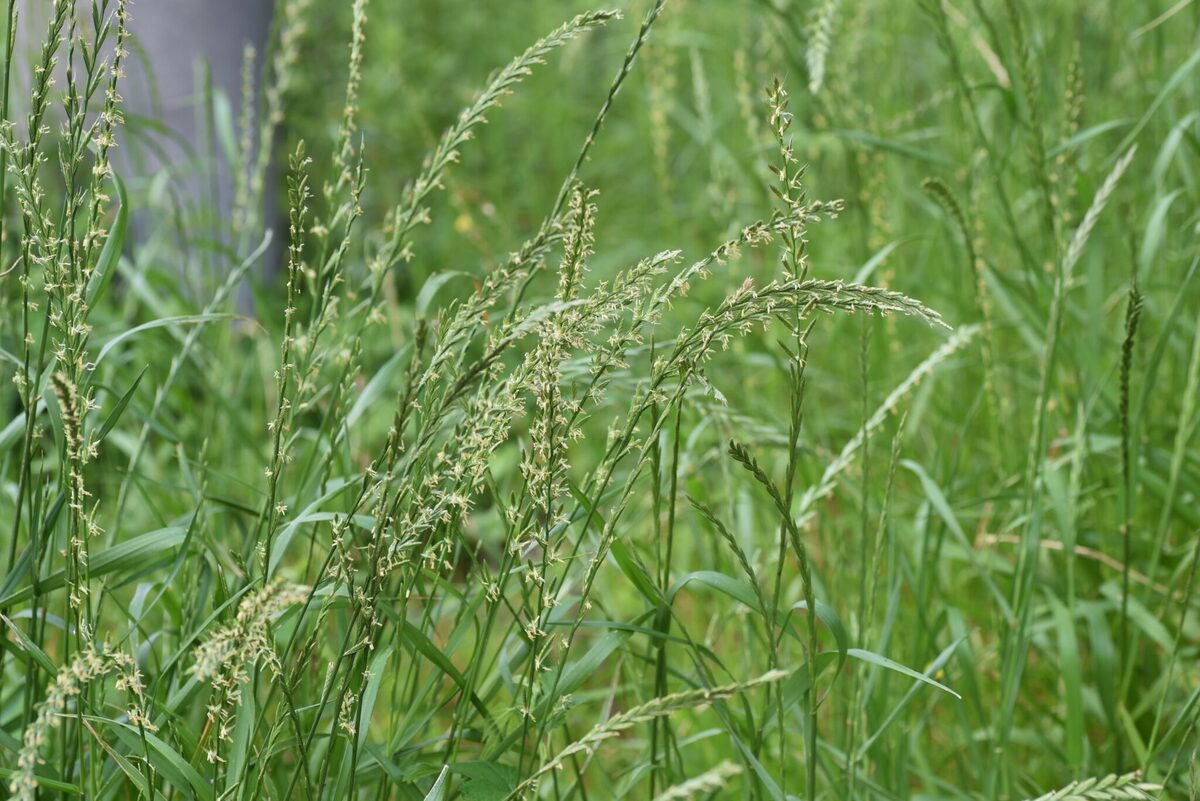
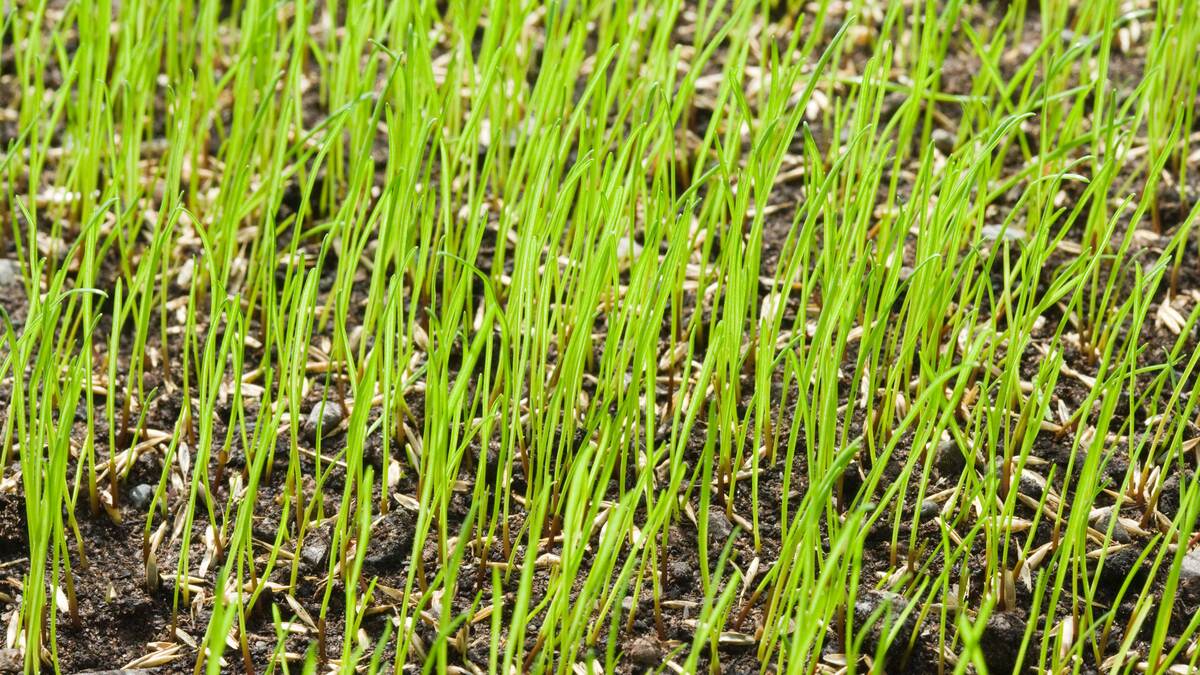
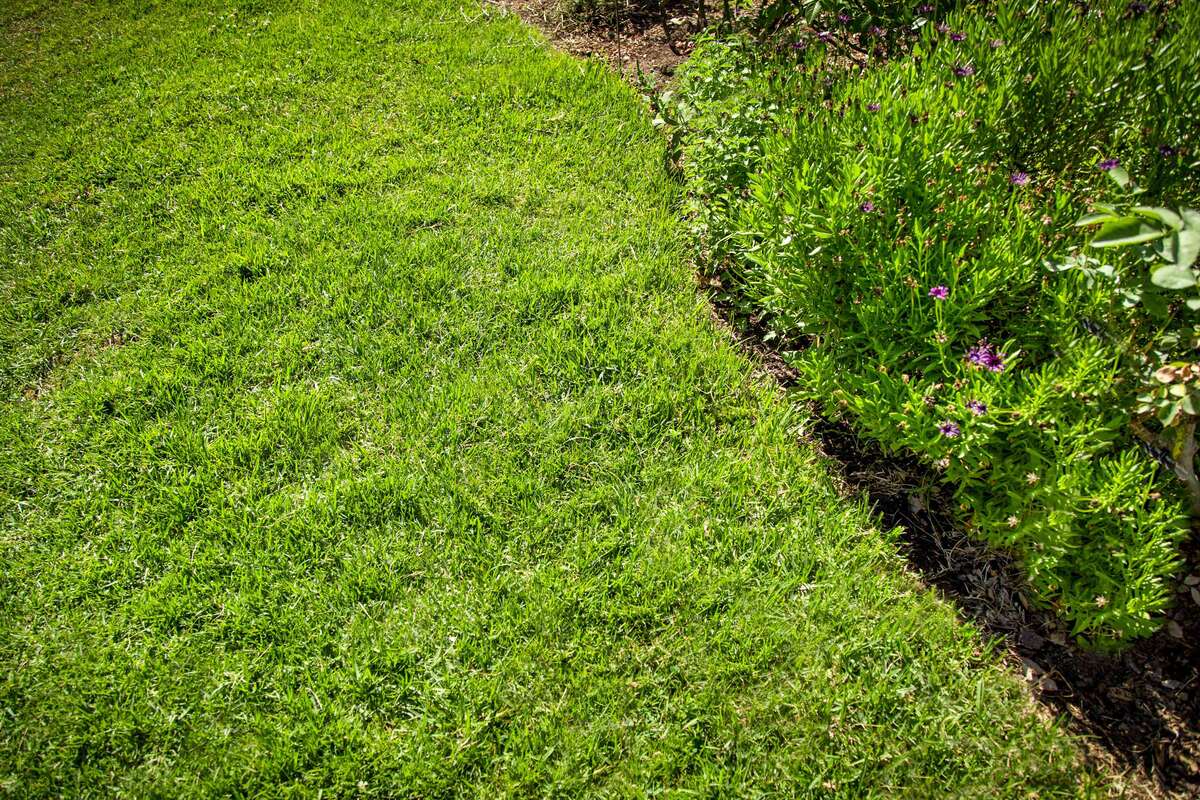
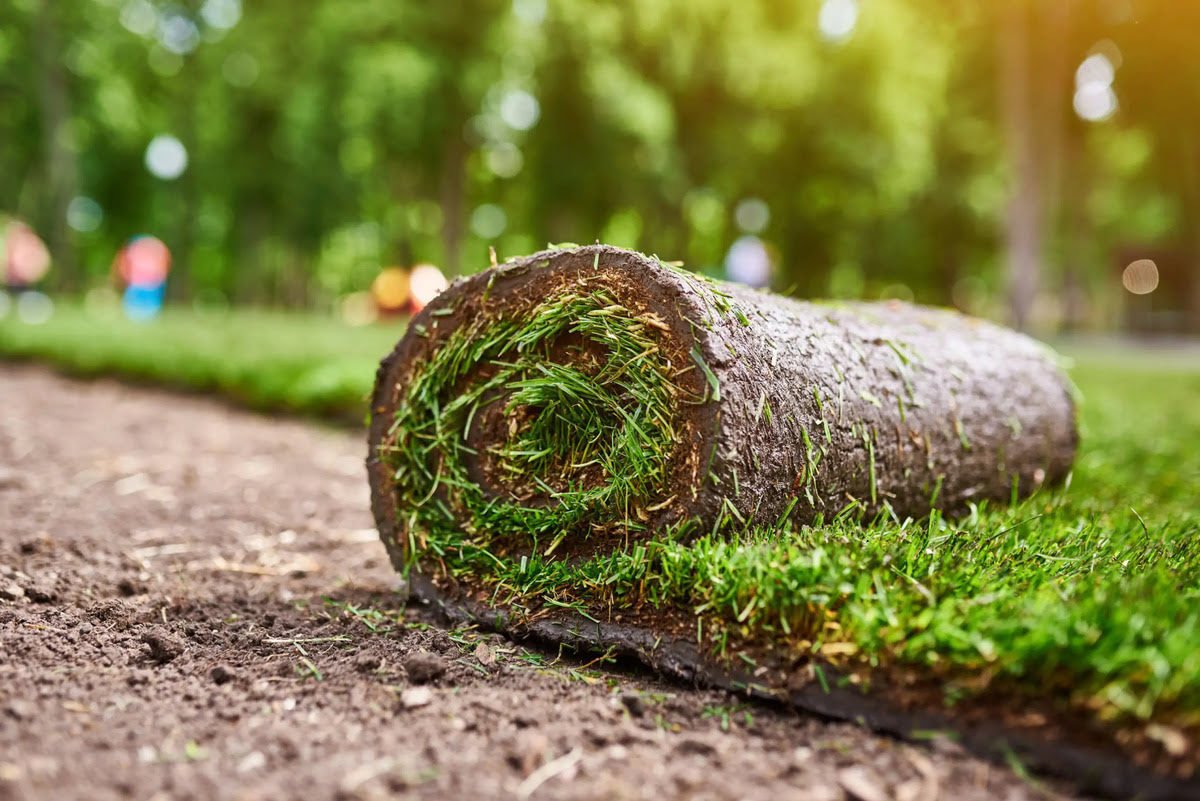

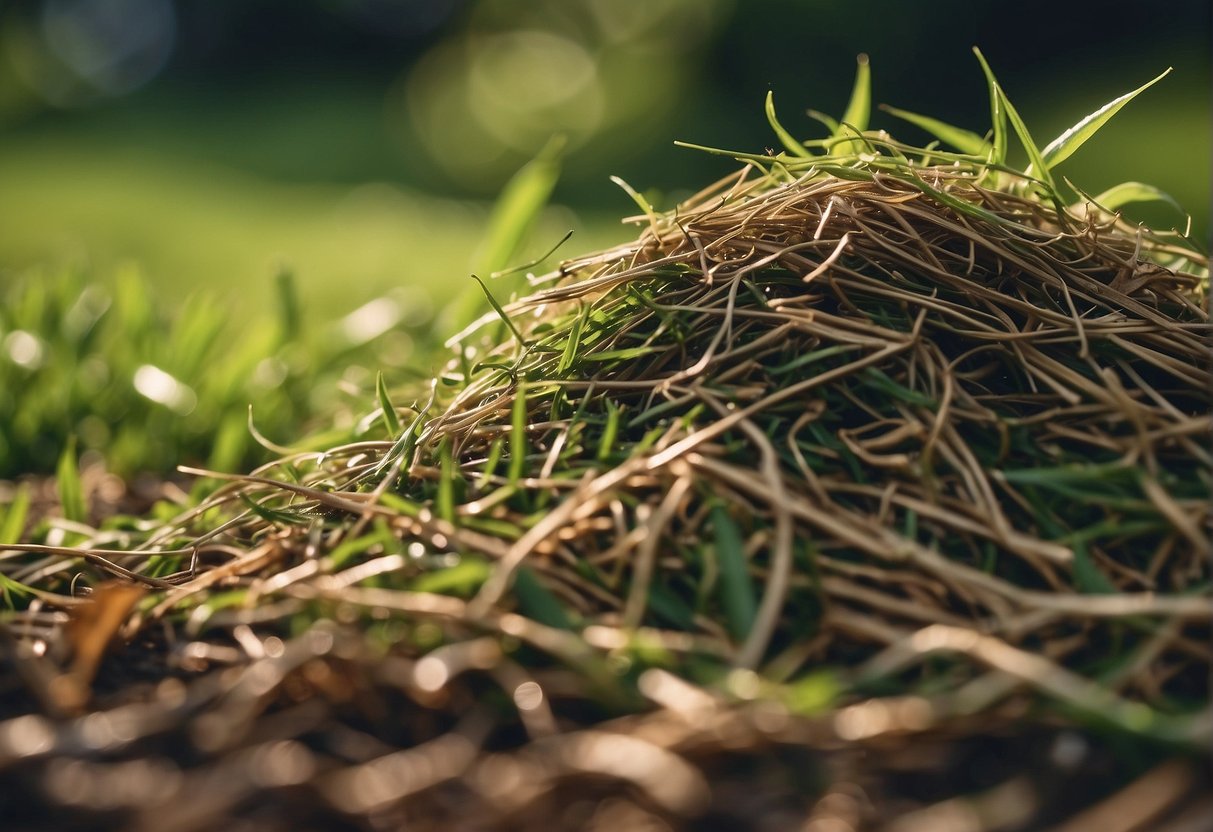
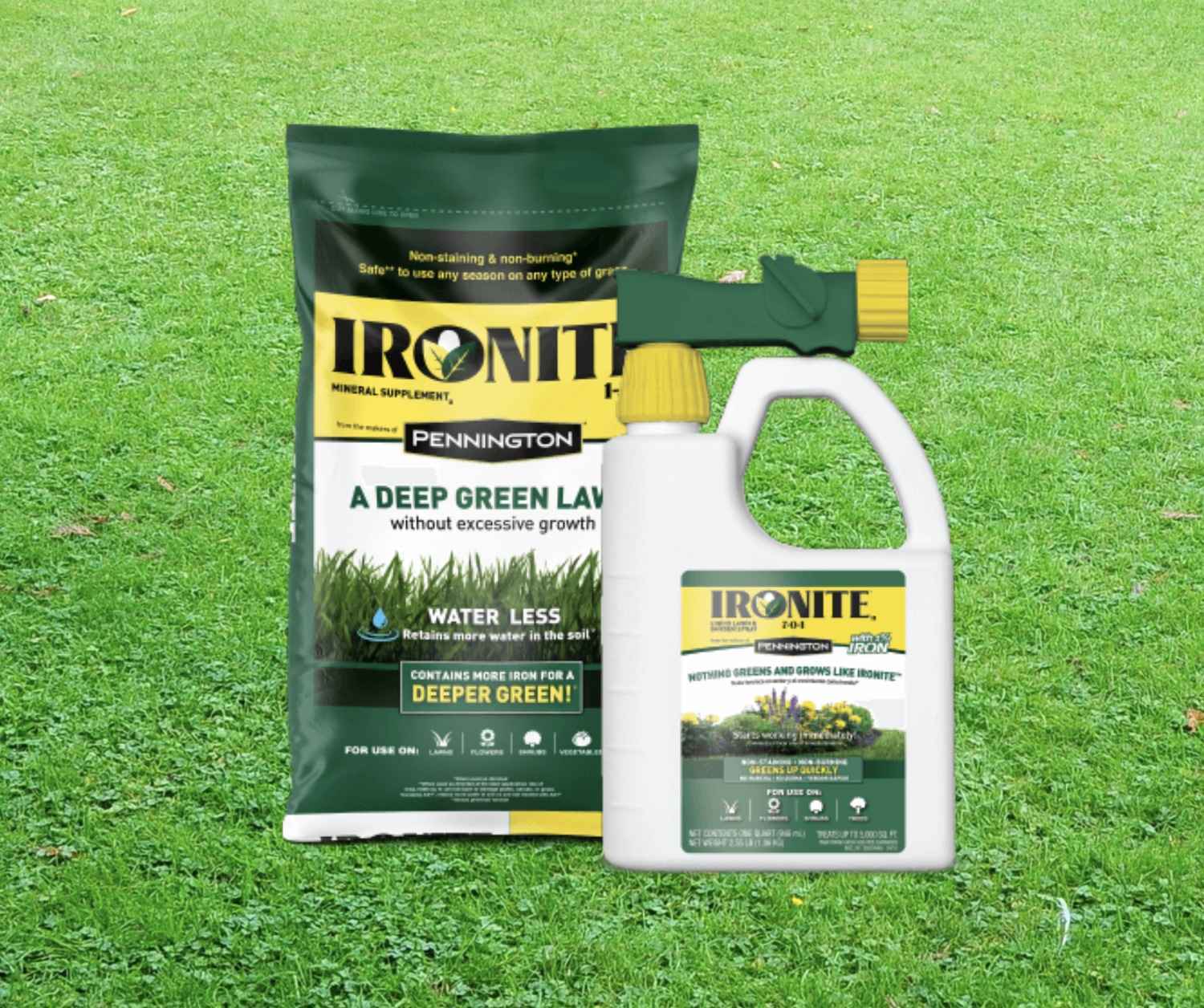
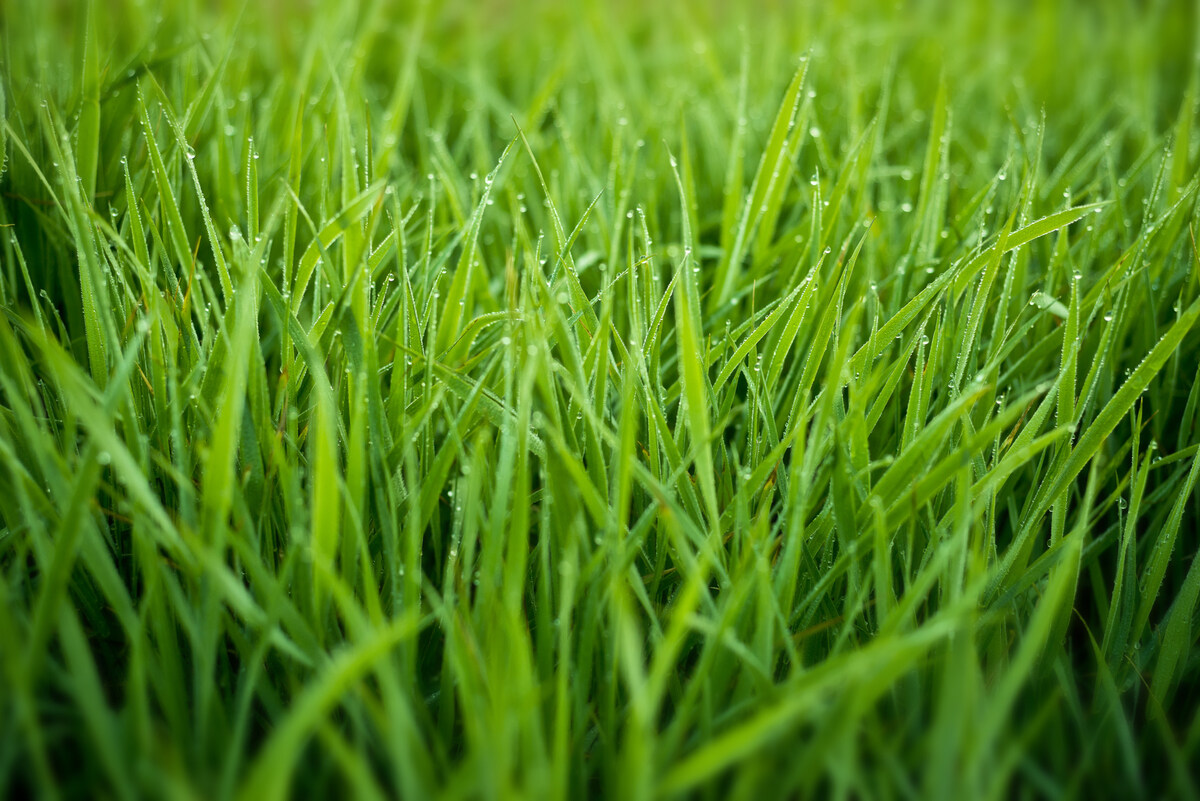


0 thoughts on “How To Take Care Of Grass”